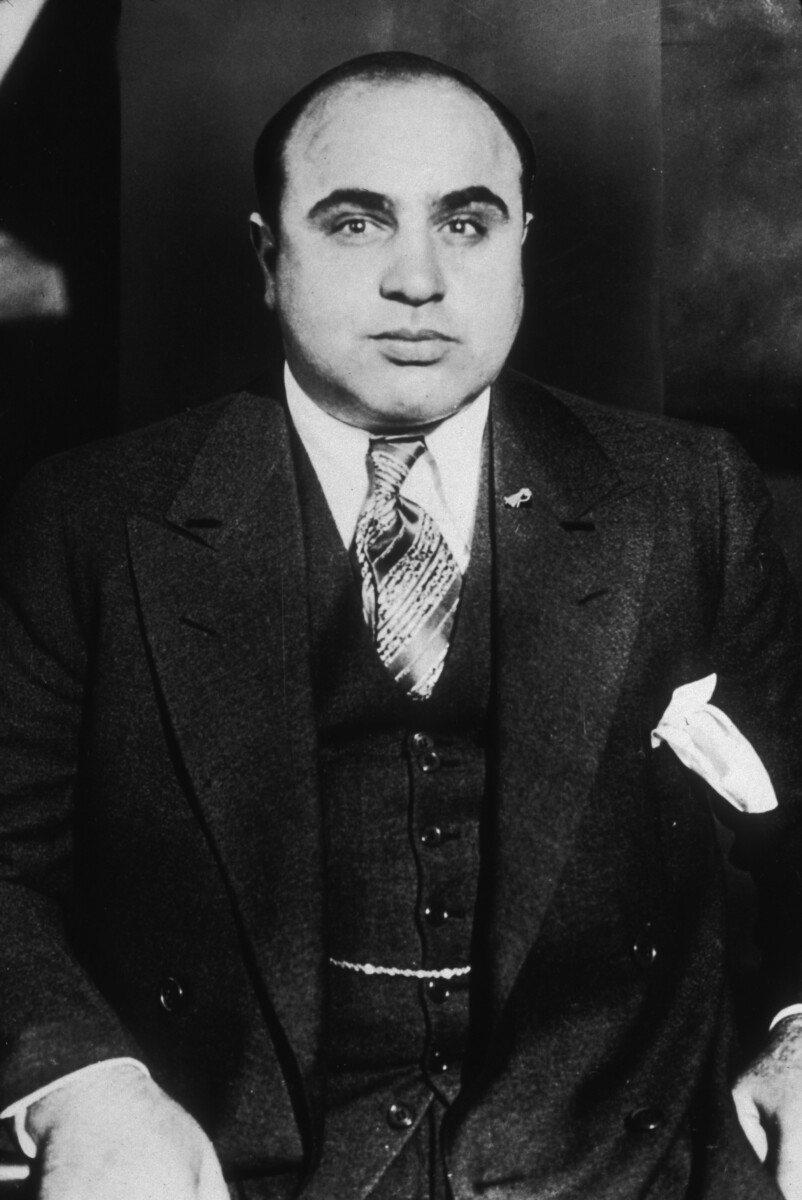The Industrial Revolution Demanded a Trained Workforce

The transformation of America from an agricultural to an industrial society created an unprecedented need for skilled workers. The late 19th-century United States is probably best known for the vast expansion of its industrial plant and output. The United States also had vast human resources: between 1860 and 1900, fourteen million immigrants came to the country, providing workers for an array of industries. This massive influx of workers, combined with the rise of factories and mechanized production, created a demand for basic literacy and numeracy skills that couldn’t be met by the existing educational system.
As the economy evolved more industries were developed, factories were created, and more human labor was needed. In the 1800s, formal education became accessible even to the poorest people. Factory owners quickly realized that workers who could read instructions, perform basic calculations, and understand written procedures were far more valuable than those who couldn’t. The complexity of industrial work required a level of training that went beyond the simple apprenticeship systems of the past.
Child Labor Laws Created Educational Necessity

Successful child labor laws worked in conjunction with compulsory education laws. A child in school would at least not be working at gainful employment while in the classroom. By the early 1900s, only around 80 percent of 14-year-olds attended school. The relationship between removing children from factories and placing them in schools became a driving force behind educational expansion.
In 1900, 18 percent of all American workers were under the age of 16. In 1900, children under the age of sixteen composed nearly one-fifth of the American labor force. As reformers fought to protect children from dangerous working conditions, they simultaneously pushed for compulsory education laws. The 1871 bill was unsuccessful, but a compulsory, although weak, school law was passed three years later in March 1874 requiring that child workers younger than 14 years must have attended school at least 14 weeks of the previous year.
Economic Growth Required Educated Citizens

A governmental bureaucracy was needed to build roads, manage cities, and to educate the population for employment in factories and offices. The expanding American economy of the late 1800s and early 1900s required workers who could handle increasingly complex tasks. The relative growth of social services from 3.2 to 6.9% was fueled by increasing numbers of teachers, health and hospital workers, and governmental employment at all levels, including postal workers. The expansion of government services was shaped by the increasing urbanization of the population.
Business leaders recognized that their success depended on having a workforce capable of adapting to new technologies and production methods. Edmund Dwight, a major industrialist, thinks a state board of education was so important to factory owners that he offered to supplement the state salary with extra money of his own. This demonstrates how directly industrial interests were tied to educational expansion.
Urbanization Changed Educational Needs

The concentration of people in cities made it easier to provide proximate access to schooling, health care, and other services including transportation, sanitation, and public safety. As America transformed from a rural to an urban society, the traditional methods of education and skill transfer broke down. At the turn of the twentieth century, nearly two-thirds of Americans lived on farms or in villages and towns of less than five thousand residents. This rapid urbanization created both the need for and the opportunity to establish formal educational systems.
Cities provided the population density necessary to support schools and the tax base to fund them. In 1800, about 20 percent of the British population lived in urban areas. By the middle of the nineteenth century, that proportion had risen to 50 percent. Similar patterns emerged in America, where concentrated populations made systematic education both necessary and feasible.
Scientific Knowledge Supported Educational Reform

Nonetheless, by the late 1800s, a growing and reliable body of knowledge had been gathered on the biological vulnerability and the special needs of the child, as well as the magnitude of the problem of child labor. Pediatricians and other medical professionals also provided compelling observational and statistical data on the ills of child labor. This scientific understanding of child development provided reformers with powerful arguments for compulsory education.
Medical professionals documented the harmful effects of industrial work on children’s physical and mental development. Reformers, largely women, such as Alzina Parsons Stevens, Clare DeGraffenried, and Alice L. Woodbridge, effectively used statistical data on the numbers of children employed in different occupations, observational data on the clinical manifestations of toxic and otherwise harmful exposures, and knowled These scientific findings helped build public support for laws requiring children to attend school instead of working in factories.
Common School Movement Promoted Democratic Values

Horace Mann becomes head of the newly formed Massachusetts State Board of Education. Mann and other educational reformers believed that public education was essential for maintaining a democratic society. Dewey was a leading proponent of “Progressive Education” and wrote many books and articles to promote the central role of democracy in education. He believed that schools were not only a place for students to gain content knowledge, but also as a place for them to learn how to live.
The common school movement argued that education should be available to all children regardless of their family’s economic status. A petition presented in the Boston Town Meeting calls for establishing of a system of free public primary schools. Main support comes from local merchants, businessmen and wealthier artisans. This movement gained momentum as communities recognized that an educated citizenry was essential for democratic participation and economic prosperity.
Immigration Created Educational Challenges and Opportunities

Over a million Irish immigrants arrive in the United States, driven out of their homes in Ireland by the potato famine. Irish Catholics in New York City struggle for local neighborhood control of schools as a way of preventing their children from being force-fed a Protestant curriculum. The massive waves of immigration in the 19th century created both challenges and opportunities for public education expansion.
Educational leaders saw schools as crucial for assimilating immigrants into American society. This chapter documents this history, describing the conditions in the early years of the country that were conducive to the rise of universal public education, in particular the relative homogeneity of the population and the local nature of the provision of public education. These factors increased local support and enabled the educational system to be responsive to local needs. While early educational success was built on population homogeneity, the challenge of integrating diverse immigrant populations ultimately drove further educational expansion.
Technology Demanded Literacy and Numeracy

The technological innovation that would come to mark the United States in the nineteenth century began to show itself with Robert Fulton’s establishment of steamboat service on the Hudson River, Samuel F. B. Morse’s invention of the telegraph, and Elias Howe’s invention of the sewing machine, all before the Civil War. As technology advanced, the need for workers who could read, write, and calculate became increasingly apparent.
Machines, on the other hand, tended to subdivide production down into many small repetitive tasks with workers often doing only a single task. The pace of work usually became faster and faster; work was often performed in factories built to house the machines. Even these simplified tasks required workers who could understand written instructions and perform basic calculations. The technological revolution made basic education not just desirable but absolutely necessary for economic participation.
Government Recognized Education’s Economic Value

The expansion of public education and industrialization went hand in hand. After all, had not the pioneering philosopher of free-market capitalism, Adam Smith, foreseen good reasons at the outset of the industrial revolution for nations to educate their populations? Government leaders began to understand that education was not just a social good but an economic necessity.
And this made the government believe that for a nation to be powerful there is a need for significant intellectual development. State governments began investing in education as a way to promote economic development and maintain competitiveness. In fiscal 2024, its major grant programs included: $18.8 billion for schools with large numbers of poor, neglected, delinquent and other “educationally disadvantaged” students · $15.5 billion for special education programs for students with disabilities · This pattern of government investment in education continues today.
Social Reform Movements Promoted Educational Access

The progressive era in education was part of a larger Progressive Movement, extending from the 1890s to the 1930s. The era was notable for a dramatic expansion in the number of schools and students served, especially in the fast-growing metropolitan cities. Social reformers saw education as a key tool for addressing social problems and promoting equality.
Progressive reformers argued that education could break cycles of poverty and improve social mobility. In the beginning (before the 1800s) poor children couldn’t afford the price to go the school, as school were not yet free in Britain, but then slowly school became compulsory, and poorer classed children could go to school, and many Acts and Unions took part in sponsoring of improving the schools in Britain. It changed the entire country because the country had more schooled children, and adults to work in better jobs and create better lives for the people in the next generation.
Federal Legislation Accelerated Educational Expansion

Finally in the Fair Labor Standards Act of 1938 the New Deal successfully ended most child labor outside agriculture. President Franklin D. Roosevelt’s Fair Labor Standards Act, or FLSA, was a part of the New Deal legislation designed to help America’s economic recovery. The FLSA addressed minimum wage, overtime, and child labor. Federal legislation played a crucial role in both ending child labor and promoting educational attendance.
The New Deal era marked a turning point in federal involvement in education. The New Deal also aimed to increase job opportunities for unemployed adults and strengthen federal workplace supervision. As such, the New Deal was strong pushback against the use of child labor. By removing children from the workforce and requiring them to attend school, federal legislation accelerated the expansion of public education across the country.
Conclusion

The expansion of public education in the United States was driven by multiple interconnected forces that emerged during the Industrial Revolution and continued through the Progressive Era. The need for skilled workers, the movement to protect children from harmful labor conditions, rapid urbanization, scientific understanding of child development, and democratic ideals all contributed to this transformation. Government recognition of education’s economic value, combined with social reform movements and federal legislation, created a comprehensive push toward universal public education. The result was a system that not only served individual students but also supported the nation’s economic growth and democratic values.





